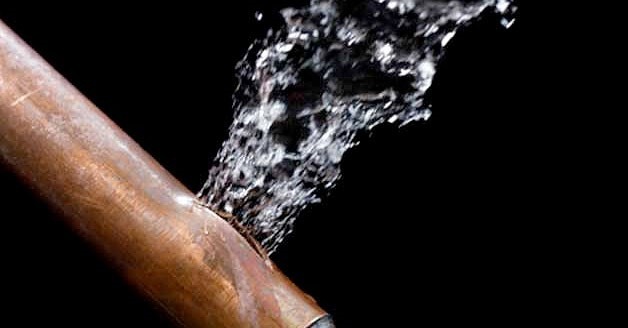Are you searching for info on Finding hidden leaks?

Early detection of dripping water lines can mitigate a potential disaster. Some little water leakages might not be noticeable.
1. Examine the Water Meter
Every house has a water meter. Checking it is a proven manner in which assists you discover leaks. For beginners, shut off all the water sources. Guarantee nobody will purge, make use of the tap, shower, run the washing device or dish washer. From there, most likely to the meter as well as watch if it will certainly transform. Considering that no person is utilizing it, there must be no movements. If it moves, that indicates a fast-moving leak. If you detect no changes, wait a hr or two as well as examine back once more. This means you may have a slow leak that might even be below ground.
2. Check Water Intake
Analyze your water bills and also track your water intake. As the one paying it, you ought to observe if there are any kind of disparities. If you identify sudden changes, regardless of your intake being the same, it indicates that you have leaks in your plumbing system. Remember, your water costs ought to drop under the very same range every month. A sudden spike in your costs indicates a fast-moving leakage.
On the other hand, a constant boost each month, even with the very same practices, reveals you have a slow leak that's additionally gradually rising. Call a plumber to extensively inspect your residential property, particularly if you really feel a cozy area on your flooring with piping beneath.
3. Do a Food Coloring Test
When it comes to water usage, 30% comes from bathrooms. If the color in some way infiltrates your bowl during that time without flushing, there's a leakage between the tank and bowl.
4. Asses Exterior Lines
Don't forget to inspect your exterior water lines also. Ought to water leak out of the link, you have a loosened rubber gasket. One tiny leak can squander bunches of water and also spike your water expense.
5. Inspect as well as Assess the Situation
Property owners must make it a behavior to examine under the sink counters and also also inside closets for any bad odor or mold and mildew development. These 2 red flags suggest a leak so timely attention is required. Doing regular examinations, also bi-annually, can save you from a major issue.
Check for discolorations as well as deteriorating as most devices as well as pipes have a life expectations. If you presume leaking water lines in your plumbing system, do not wait for it to rise.
Early discovery of leaking water lines can mitigate a potential calamity. Some small water leakages may not be noticeable. Checking it is a surefire method that helps you find leakages. One small leakage can squander heaps of water and also increase your water expense.
If you presume leaking water lines in your plumbing system, don't wait for it to escalate.
How to Know If Your Home Has a Hidden Leak
Water Meter Reveals Inexplicable Water Usage
If you’d like to test whether or not there’s a leak somewhere in your home, you can do this using your water meter. Here is how to conduct the test:
Don’t use any water in your home for at least 30 minutes; this also means not turning on faucets or water-using appliances.
Go outside, and check your water meter for activity.
If your water meter shows that there was activity, even though no one was using any water, this proves that there is a leak in your home.Visible Mold or Mildew Growth
Leaks behind walls create moist, dark environments that allow mold and mildew to grow and thrive. Eventually, you might see mold growth forming on the wall closest to a hidden leak.
If mold is growing in an area that receives a high amount of moisture, such as a bathroom, it may simply be an indication that better ventilation is needed. However, if you see mold growth on a wall or the ceiling in an area where you would not expect, you probably have a hidden leak.
Musty, Mildew Odor
Sometimes you might not be able to see the mold or mildew that is growing as a result of a leak. However, the smell can give the problem away just as easily. If you catch a whiff of something musty, there’s a good chance that old water is collecting somewhere in your home that you can’t see.
Stained/Warped Walls, Ceilings, or Floors
When your home soaks up water, a variety of red flags can become visible, including ceiling stains, bubbling drywall, warped walls, and sagging floors. While these issues can be caused by excess humidity, they can also be signs that a pipe or plumbing connection has started leaking behind your walls.
Inexplicably High Water Bill
After a while, you get a general sense for what your water bill should be. If you own a pool or sprinkler system, your bill will tend to be higher during summer. However, if you receive a water bill that seems especially high, and you can’t figure out what caused it, then you may have a hidden leak somewhere that’s increasing your bill.
https://www.plumbingjoint.com/blog/2019/july/how-to-know-if-your-home-has-a-hidden-leak/

I hope you enjoyed our excerpt on Locating water leaks. Thank you so much for spending some time to browse our article. Enjoyed reading our article? Please share it. Let someone else check it out. I am grateful for your time. Come back soon.